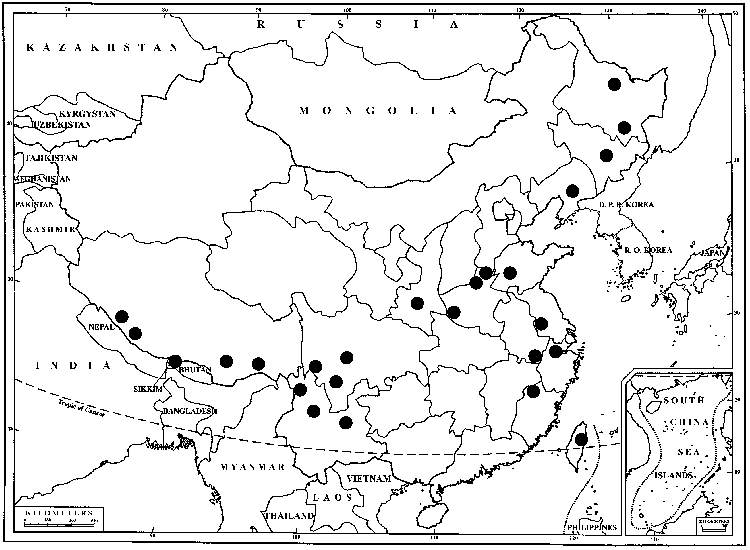Difference between revisions of "Anoectangium aestivum"
J. Linn. Soc., Bot. 12. 175. 1869,.
FNA>Volume Importer |
FNA>Volume Importer |
(No difference)
| |
Revision as of 19:40, 24 September 2019
Leaves commonly distant and exposing the stem; short-lanceolate to ligulate, (0.4–)1–1.5(–1.8) mm; apex narrowly to broadly acute, apiculus short-triangular; margins 1-stratose; costa percurrent in distal leaves, ending in a clear, sharp cell. Specialized asexual reproduction absent. Sexual condition dioicous. Capsule 0.5–1 mm, exceeding the theca in length, ovoid, inclined.
Habitat: Forming deep green cushions on calcareous and noncalcareous rock, sandstone walls, rock ledges, exposed moist crevices, wet areas
Elevation: 10-3300 m
Distribution

Greenland, B.C., Alaska, Ariz., Colo., Wash., Mexico, West Indies, Central America, South America, Eurasia, Africa, Atlantic Islands, Pacific Islands (Hawaii, New Zealand), Australia.
Discussion
Plants of Anoectangium aestivum often exhibit a comal tuft, and have leaves with multifid or occasionally 2-fid papillae, these dense and obscuring the cell lumens. Specimens from Massachusetts identified as this species are Hymenostylium recurvirostrum. Sporophytes are rare in the flora area. Arizona specimens with blunt leaves have been named A. euchloron, representing a morphologically somewhat intergrading, wide-ranging tropical variant.
Selected References
None.